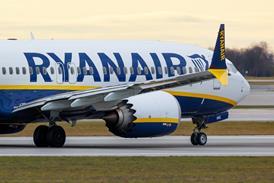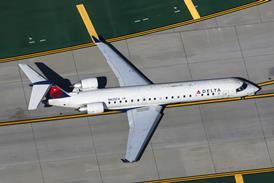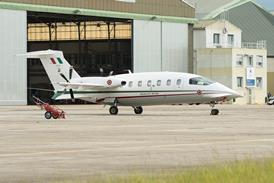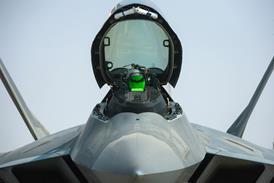DAVID LEARMOUNT / LONDON
Safety rules need rewriting for polar routes, but manufacturers still have views on what is required
A consensus has been reached on a major update to the controversial rules governing flight far from potential diversion airfields, the US Federal Aviation Administration says. The draft recommendations that would kick-start the regulatory process have yet to be submitted, however.
Neither Airbus nor Boeing - both members of the FAA-chaired Aviation Regulation Advisory Council (ARAC), which has been working on the new proposals - is prepared to forecast when the recommendations will be presented to regulators. The European Joint Aviation Authorities is also on the council, because the intention is that any new regulations should be harmonised on both sides of the Atlantic. Airbus does not believe that any rulemaking could be ready for implementation much before the end of 2003, however.
The FAA, Airbus and Boeing decline to comment on the details of the recommendation. The issue, according to both manufacturers, is that entry into service of extremely long-range aircraft, such as the Airbus A340-500/600, A380 and extended-range versions of the Boeing 777, coincides with the early development of transpolar and southern oceanic routes. This has heightened the issue of what would happen if anything were to go wrong on board.
The FAA's claim that consensus has been reached is not backed up by the manufacturers, however, which suggests there could be two proposed levels for the new regulations. Boeing's ETOPS head, Chet Ekstrand, says the proven safety of extended-range twin-engine operations (ETOPS) means the number of engines on an aircraft should not be an issue in determining which oceanic or wilderness routes it may fly, simply that there should be "a level playing field" in on-board safety equipment requirements.
But Airbus, with its four-engined A340, contends that most ETOPS flights take place in the "relatively benign" environments of the northern Atlantic and Pacific oceans.
"You cannot just extrapolate existing ETOPS experience" into the harsher environments of polar or southern hemisphere oceanic routing, argues Airbus long-range operations expert Paul Clark.
Source: Flight International























